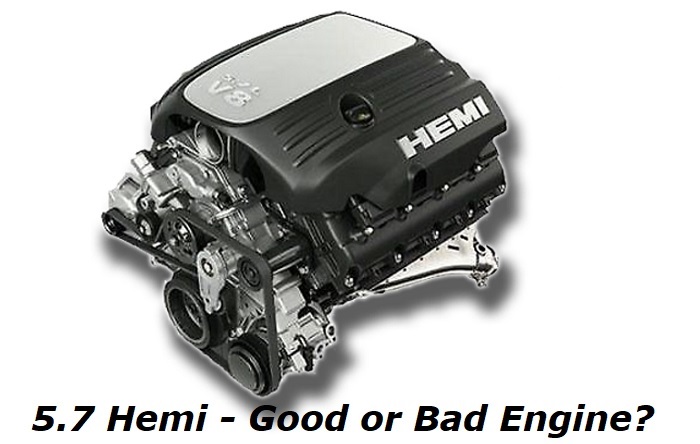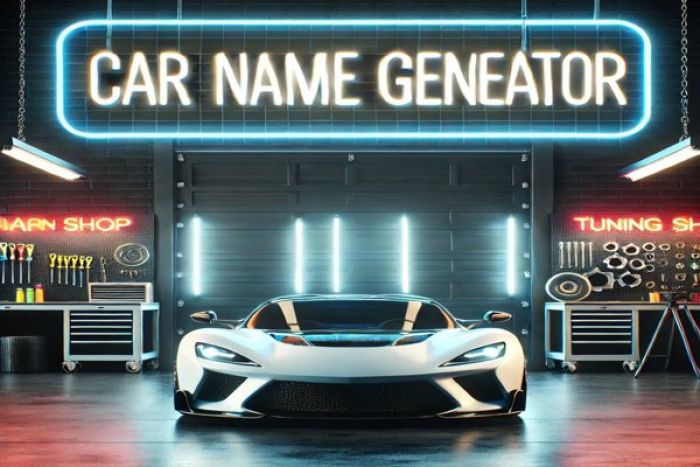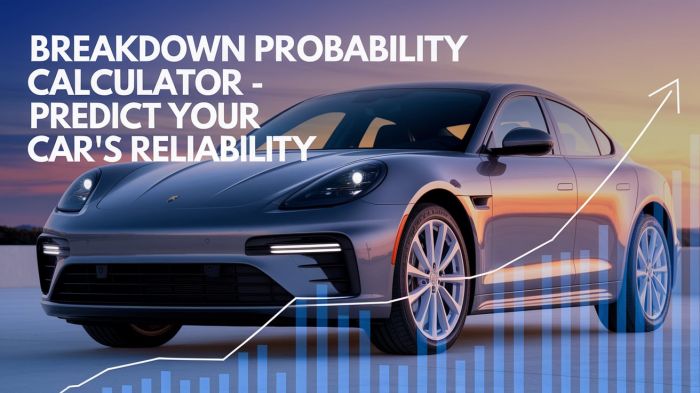If you're looking for a powerful engine that delivers good fuel economy and has plenty of torque, the 5.7 VVT Hemi should be at the top of your list. However, with great power comes great responsibility, and the Hemi is no exception.
When it comes to engine options, the Hemi has always been a popular choice but there are both good and bad sides to the 5.7 VVT version of the power unit, and this post will take a look at both of them. Keep in mind that your experience may vary depending on the vehicle you have chosen and other factors.

Key features and my opinion about the engine
- Production years:2009-now
- Average lifespan of 5.7 Hemi VVT:220,000-250,000 miles
- Fuel supply type:port injection
- Power range:355-395 hp
- Fuel efficiency:bad
- Engine block material:cast iron
- Engine reliability score:high
- The most common problems:you will need thin oil, otherwise lifters will die, EGR problems, exhaust manifold problems, Hemi ticking noise issues.
Pros of the 5.7 VVT Hemi
From its unveiling up to the present, the 5.7 VVT Hemi has been characterized by its optimal engine design, varied applications, power, and fuel economy. With that, it was no stranger to various accolades from reputable award-giving bodies while ranking in generally favorable reviews from owners.
Scroll down to discover the specific benefits offered by the engine to users:
1. Long History with Multiple Awards
The Hemi engine gets its name from its hemispherical cylinder head design. It was introduced in 1951 with a continuous evolution into the kind of engine that we know of today. In 2003, it spawned its third-generation model, the 5.7L Hemi, which was recognized as one of the best 10 engines in the world by one of the longest-running automotive publications in the globe, Ward's AutoWorld.
In its 2009 model year, the Hemi engine debuted the 5.7L VVT. This one offers higher horsepower and torque figures than its predecessor. It also boasted four percent better fuel efficiency than the older version. As its VVT acronym indicates, the unit introduces a variable valve timing design to achieve its new performance figures. Like its precursor, the engine once again bagged the distinction of being among the top 10 best engines worldwide in its first year.
2. Wide Variety of Applications
The revised 5.7 Hemi with VVT is a popular engine that is used in many different vehicles. Some of the widely known vehicles that use this engine include the Ram 1500, Ram 2500, Ram 3500, Dodge Charger, Chrysler 300C, and Jeep Grand Cherokee. This engine is also used in many other applications such as boats and snowmobiles.
3. Optimal Engine Design
The 5.7 VVT Hemi is a 90-degree pushrod V8 engine with variable valve timing. It features a cast-iron block and cast aluminum alloy head with a 16V OHV layout. Compared to the earlier non-VVT version, this one features enhancements on the cylinder heads to maximize airflow. It has a bore of 3.917 inches and a stroke of 3.578 inches. Likewise, the compression ratio is upgraded to 10.5:1.
The exhaust manifolds have also been modified to increase flow and improve scavenging. The camshafts have been redesigned with different lobe profiles and duration to take advantage of the new cylinder head designs. Lifter follower technology has been revised as well to be more robust and handle the higher lift camshafts. Finally, the rocker arms have been beefed up to accommodate the increased valve spring pressure required by the new camshafts. All of these modifications resulted in increased airflow through the engine, which results in more power.
The configuration of its intake manifolds depends on the model that uses the engine. For example, an active intake manifold with a shorter runner valve is utilized by the Dodge Ram, the non-HEV Dodge Durango, and the non-HEV Chrysler Aspens. Meanwhile, a passive intake manifold is used by the likes of passenger cars and Jeep vehicles.
4. Powerful
Depending on its application, the output of the 5.7 VVT Hemi ranges from 383 hp at 5,600 rpm and 400 lb-ft of torque at 4,000 rpm in its 2009 model year to 395 hp and 410 lb-ft of torque at 3,950 rpm from its 2013 model to the present.
Paired with heavy-duty pickup trucks like the Ram, this engine is definitely a workhorse with its 11,610 to 12,750 pounds towing capacity.
5. Fuel-Efficient
One of the key benefits of having a 5.7 VVT Hemi is that you will surely save money at the pump with its relatively fuel-efficient operation for such a powerful engine. It has an EPA estimated fuel economy of 15 mpg in the city and 22 mpg on the highway. Combined with the eTorque, the fuel efficiency is improved to 17 mpg and 23 mpg in city and highway drives, respectively.
The numbers can be attributed to the capability of the VVT to shut down up to four of the engine's cylinders in certain instances to save on gas. Such function also contributes to the reduction of its emission values.
6. Long Life
There are a lot of factors that can affect how long an engine will last, including how well it's maintained, how it's used, and what kind of environment it's operated in. That being said, the 5.7 VVT Hemi is a pretty durable engine, and if it's properly cared for, it can last for a long time. Many people have reported getting 250,000 miles or more out of their Hemi engines, and there are even some that have gone beyond 350,000 miles.
Known Issues
Despite being a popular engine with tons of praises from automotive analysts and fans alike, the 5.7 VVT Hemi had its share of customer complaints over the years. Notably, a recall was issued by Chrysler for the timing chain defect seen in its 2009 to 2012 cars equipped with the engine.
The 2009-2012 5.7 VVT Hemi has a known timing chain defect that can cause the engine to fail. This problem is most common in cold weather climates but can also occur anywhere. The defect is caused by the timing chain tensioner losing its ability to keep the chain tight, which can cause the chain to skip teeth on the sprockets. Chrysler issued a recall for this issue and replaced the defective parts free of charge for affected customers in 2014.
Other issues that have cropped up along the way include sludge build-up, camshaft lobe wear, and piston Ringland breakage. Each of these issues can cause problems for the vehicle, ranging from decreased performance and overheating to complete engine failure. Camshaft lobe wear can cause timing issues and increased engine noise. Piston Ringland breakage can cause excessive oil consumption and loss of compression, eventually leading to stalling.
How to Maintain the Performance of the 5.7 VVT Hemi
Aside from the mentioned factory defect of some 5.7 VVT Hemi models, it can be noticed that most of the problems owners have complained about have strong links to how they maintain and operate their vehicles. So, following these tips will help you get the most out of your 5.7 VVT Hemi engine and keep it running trouble-free for years to come.
- Follow the maintenance schedule in your owner's manual. Deviating from this can result in undesirable effects in terms of engine performance, and may affect your warranty.
- Keep an eye on your engine oil level and quality, and change it regularly. Use only the right grade and type of motor oil for your engine. Dirty oil can lead to the development of soot or gunk, which can impede the proper operation of the moving components of your engine.
- Check your coolant level frequently and top it up as needed to keep the internal temperature of your engine at acceptable levels. Neglect may cause your engine to overheat, which can result in inconvenience, accidents, or fire.
- Inspect your engine's belts and hoses regularly for signs of wear or damage. Replace any worn components right away to prevent stalling problems.
- Get your engine tuned up according to the manufacturer's recommendations. As much as possible, keep everything in stock so you won't void your warranty and avoid costly errors associated with the installation of wrong mods. If unavoidable though, have your upgrades done only by reputable workshops.
- Keep your fuel system clean by using high-quality gasoline and regularly replacing your fuel filter. Sediments from dirty fuel can quickly clog the fuel filters, which may obstruct the proper delivery of fuel to your engine.
- Reduce engine wear by avoiding extended idling and driving at excessive speeds. Idling can cause an unnecessary rise in the temperature of your engine and unnecessary stress on its many moving parts. This practice also greatly diminishes your engine's fuel economy.
- Make sure your tires are properly inflated and rotated according to the manufacturer's specifications. Tire choice can have a significant impact on engine performance. The right tires can improve traction and handling, making it easier to get the power down and keep the car on track. Conversely, the wrong tires can make the car feel sluggish and unresponsive, and may likewise cause the engine to struggle more as the driver attempts to compensate for the performance lag.
Conclusion
Wrapping things up, the 5.7 VVT Hemi is a very reliable engine due to its good design, power, fuel economy, and long life. These are the reasons why it remains popular up to this day and why it was a recipient of various awards over the years. It does have its share of problems, but so far, the benefits of its features far outweigh all the possible drawbacks. Therefore, we still highly recommend this for your ride.
About the authors
The CarAraC research team is composed of seasoned auto mechanics and automotive industry professionals, including individuals with advanced degrees and certifications in their field. Our team members boast prestigious credentials, reflecting their extensive knowledge and skills. These qualifications include: IMI: Institute of the Motor Industry, ASE-Certified Master Automobile Technicians; Coventry University, Graduate of MA in Automotive Journalism; Politecnico di Torino, Italy, MS Automotive Engineering; Ss. Cyril and Methodius University in Skopje, Mechanical University in Skopje; TOC Automotive College; DHA Suffa University, Department of Mechanical Engineering






Add comment